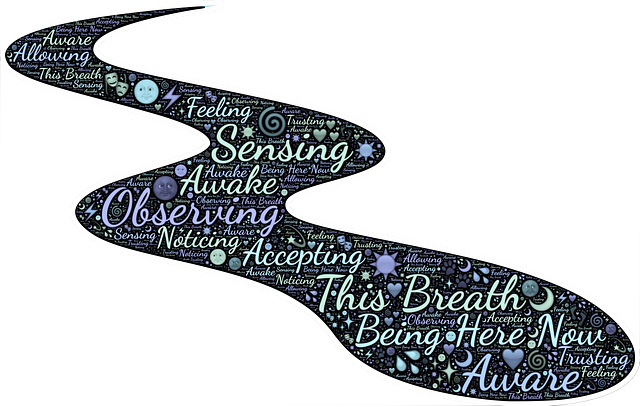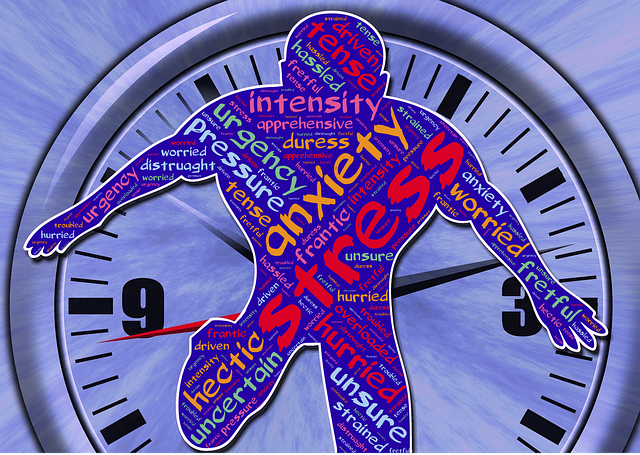Increasingly, there is recognition that peer to peer support for people experiencing mental health issues is an important catalyst for recovery. The support can be provided as a stand-alone service or as an adjunct to traditional mental health support services provided by doctors, psychologists and psychiatrists. Fundamentally, the approach involves people with lived experience of recovery from mental ill-health (or as a carer of someone in recovery) providing structured, support services for others who are experiencing varying levels of mental illness.
Professor Phyllis Solomon suggests that the dynamics underpinning the effectiveness of peer to peer support for mental health include the perceived value of experiential learning of the peer worker, the recognition by the program participant that they have something in common with the peer worker, inspiration and hope afforded by the recovery status of the peer worker, and the sense of mutual sharing and accrued benefits.
Phyllis cautions, however, that there are several key factors that are critical to the success of a peer to peer support system for mental health. These encompass ensuring inclusiveness, accessibility, and cultural representativeness; embedding an experiential learning approach; highlighting mutuality (benefit for both participant and peer worker); maintaining the voluntary nature of the service while enabling control by participants who are experiencing mental health disorders; and focusing on social support while providing professional support for the peer worker to ensure their stability and ongoing recovery.
The Queensland Department of Health in discussing their Mental Health Framework and attendant mechanisms for supporting peer workers, propose a set of underpinning values that align with Phyllis’ research and writing. These include mutuality and personal responsibility, valuing the expertise of lived experience, facilitating self-determination and connection, and behaving authentically and transparently.
The Framework highlights the support mechanisms required to ensure that peers workers can operate effectively and in a way that does not damage their own mental health. These support mechanism for peer workers include quality supervision (incorporating professional supervision), education and training in core competencies and “navigating boundaries”, role clarity and clear reporting arrangements, and a career structure conducive to continued growth and personal advancement.
The GROW organisation
The GROW organisation is community-based and offers peer to peer support to enable participants (Growers) to overcome mental ill-health and achieve personal development. GROW was started in Sydney, Australia, in 1957 by Con Keogh who drew on the Alcoholics Anonymous (AA) approach and program to develop the core 12-step Grow Program.
The Grow journey is illustrated diagrammatically by Grow Ireland along with video interviews with people in recovery who each talk passionately and appreciatively about the relevance of one of the 12 steps to their personal recovery.
The core Program provides the structure and method for Grow Group meetings which are at the heart of the Program. GROW itself is non-denominational and inclusive and embeds the values for peer workers discussed above (Queensland Health Framework). The organisation has provided peer support for people with mental health issues for more than 60 years – sustainability that can be attributed to the focus on recovery and pursuit of the key success factors identified by Professor Solomon and, in particular, emphasis on volunteering for the group leadership roles of Organiser and Recorder which place control in the hands of the Growers. GROW has a track record of personal recovery by thousands of people who have participated in the Grow Program locally and internationally.
A key catalyst for the Program’s sustainability is the testimonies of recovery of participants, including the podcast interview with Dave McLoughlin who, at the time of the interview, was a Senior Manager in GROW Australia. Dave stated in the interview that when he was ill he identified with the shared testimonials and was encouraged to join a Grow group early on in his illness because he thought that the Grow community “understood where I’d been and what I needed to do to get well”. His story is inspiring others, just as he was inspired by the recovery story of people who participated in the Grow Program before him.
GROW offers a range of programs in addition to the core one, including the free Growing Resilience online program and Get Growing for school-aged participants. Grow also provides online groups for the core Program, known as eGrow, for people who cannot attend the normal face-to-face meetings.
The emphasis on people with lived experience of mental ill-health sharing their experience and their steps to recovery is epitomised by Con Keogh, co-founder of GROW, when he talked humorously and insightfully about his experience with mental ill-health and the institutionalised medical response he experienced in the 1950’s (which included electric shock treatment that blocked memory and learning). He decided to attend an AA meeting through the encouragement of a friend and found that the people attending the meeting were incredibly helpful, frank, humble and able to achieve recovery despite their “messed-up lives”. He discovered that the AA process was incredibly powerful for helping him move towards recovery from his mental illness, even though he was not an alcoholic.
Con’s experience with AA inspired him to form a specialised group meeting along similar lines but devoted to recovery for people who were experiencing mental ill-health in all its complexity and variability – he actually initially called them Recovery Meetings to keep the focus on what they were about. He also introduced a system of reflection and recording on a monthly basis to capture the learning from the group meetings. Con’s contribution to GROW which itself grew to 800 groups in 5 countries by 2005 was acknowledged in 2004 through the award of the Medal of the Order of Australia for his community contribution.
Reflection
We are all growers in terms of our journey to wellness – seeking to overcome the mental stress of the pandemic, adverse childhood experiences, trauma, divorce, grief, work loss and disappointment, family conflict, abuse and bullying, loneliness, aging, physical ill-health, drug and alcohol addiction, isolation, financial difficulties or homelessness . Our individual journeys with their distinctive combination of challenges are unique and this uniqueness is captured by Evonne Madden who shares the grief journey and recovery of more than 60 people in her book, Life After.
Con’s experience and that of thousands of Growers working through the Grow Program, confirms the recovery effectiveness of “mutual help for the mentally ill”. The recorded testimonials reinforce the view that mutual help and reflection is one pathway for people suffering ill-health to grow in mindfulness through increased self-awareness and insight, enhanced consciousness of the impact of their behaviour on themselves and others, creative strategies to overcome negative thoughts, and increased capacity for self-regulation. Grow groups, or their equivalent, can act as a mirror to stimulate awareness, cultivate hope and transform self-image.
_______________________________________
Image by Lars_Nissen from Pixabay
By Ron Passfield – Copyright (Creative Commons license, Attribution–Non Commercial–No Derivatives)
Disclosure: If you purchase a product through this site, I may earn a commission which will help to pay for the site, the associated Meetup group, and the resources to support the blog.









